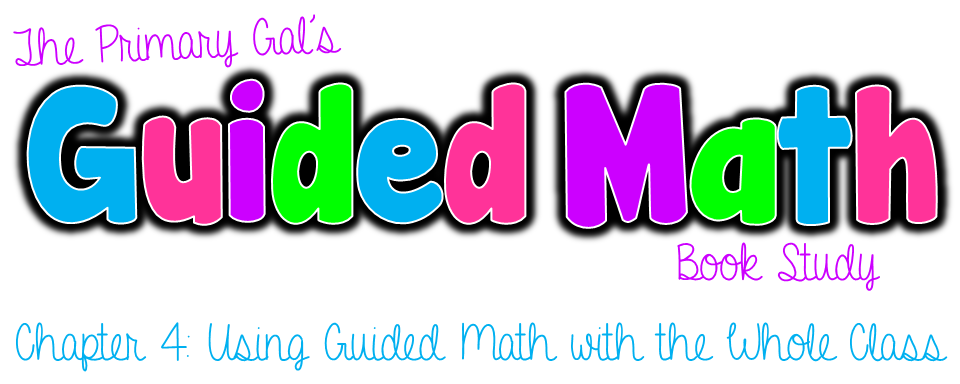Summer is finally here and I hope you're taking some time to relax and enjoy life a bit!
If you're like me, you're probably have school on the brain--reflecting on what went well last year as well as looking for new ideas to try.
This product focuses all activities on bar graphs, picture graphs, line plots, and charts.
Graphs, Graphs, and More Graphs!
The first section was made with Guided Math in mind! Section 1 has 12 foldables- 3 for each type of graph listed above.
Complete one foldable for whole group. Make sure students understand where to cut (solid lines) and where to fold (dotted lines).
Next, place another foldable in a math station for students to complete in small groups. The activity is the same, but the graphs and questions are different.
Use the last foldable as an individual activity. You can use the last one as a formative assessment!
Repeat the above the other graphs as well!
Generating Questions about Graphs
The second section in this product focuses on generating questions about all four types of graphs.
My friend Jolene over at The Candy Class created a NEW interactive notebook template for me that I'd like to debut today- it's called the double mini-file book!

The double mini-file book gives students twice as much writing space as a typical file book but is created with only two sheets of paper!
Here, students will select a graph ( a variety of graphs are provided), glue it into the double mini-file book, and generate questions about the graph.
Can you believe this little gem holds SEVEN different graphs and questions?
Create Your Own Data!
No study of graphs would be complete without generating your own data!
Step 1: Students choose a question they'd like to know more about.
Step 2: Ask the class your question and tally the responses.
Step 3: Turn your tally data into a chart!
Step 4: Turn your chart into other types of graphs!
Step 5: Last but not least, generate questions about your data.
Other Fun Stuff
As with all my INB sets, I try to include a few foldable graphic organizers that are intended to be FUN! This set includes a graphic organizer about other types of graphs people use ( but not studied in this packet) and a vocabulary puzzle!
Interested in owning a copy? Please click the image below!
Thanks for visiting! You can connect with me on Facebook by clicking here.
Please be sure to enter my giveaway- someone will win $10 credit to my TPT store!
a Rafflecopter giveaway


















































